
Get news, updates, & event Info delivered right to your inbox:
If you're wondering why wildfires are getting worse, the answer might come as a surprise: although we know that many environmental factors contribute to the issue, people also play a role. Nearly 85% of all wildfires in the United States are caused by human activities — and many are preventable.
While you may have heard about the gender reveal party that sparked the deadly El Dorado fire, or the many campfires that burn out of control, everyday activities can ignite a blaze, too. Changing conditions, a history of fire suppression, and other factors mean that fires are, unfortunately, only getting worse. But if you reside in an area prone to drought or forest fires, you can help prevent natural disasters by following simple fire safety guidelines.
How to Prevent Forest Fires

1. Don’t Set Off Pyrotechnics
We get it: fireworks are as American as baseball and apple pie — and gender reveal smoke bombs are all the rage. But in hot and dry conditions, they just aren’t worth the risk. When researchers analyzed wildfire data from 2000-2019, they noticed a huge spike on the fourth of July. In the U.S. West, nearly twice as many fires were ignited during Independence Day celebrations than any other day of the year.

2. Carefully dispose of smoking materials
Every time you smoke, soak the butts in water and place them in a fire-proof container to safely dispose of later in an appropriate receptacle (such as a fire-proof container filled with sand). And whatever you do, don’t toss them on the ground; even when ground underfoot, smoking materials can quickly ignite dry vegetation and debris.
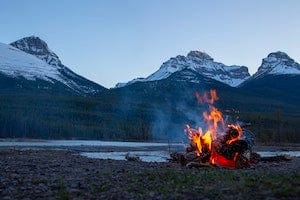
3. Maintain Personal Fires Responsibly
Before you light a campfire or bonfire, make sure the conditions are safe and that there are no fire bans or precautions in the area. Choose an open space that is at least 10 feet away from any vegetation, trees, or flammable debris. Always have safety tools, such as a bucket of water (or a hose if you're at home) and a shovel, within reach. When you’re done, use the "drown, stir and feel method": douse the fire with water, stir it around to ensure everything is equally soaked, mix in soil to smother any remaining heat, and wait until it’s completely cold to the touch before leaving your campsite or going to bed. Never leave a fire unattended.
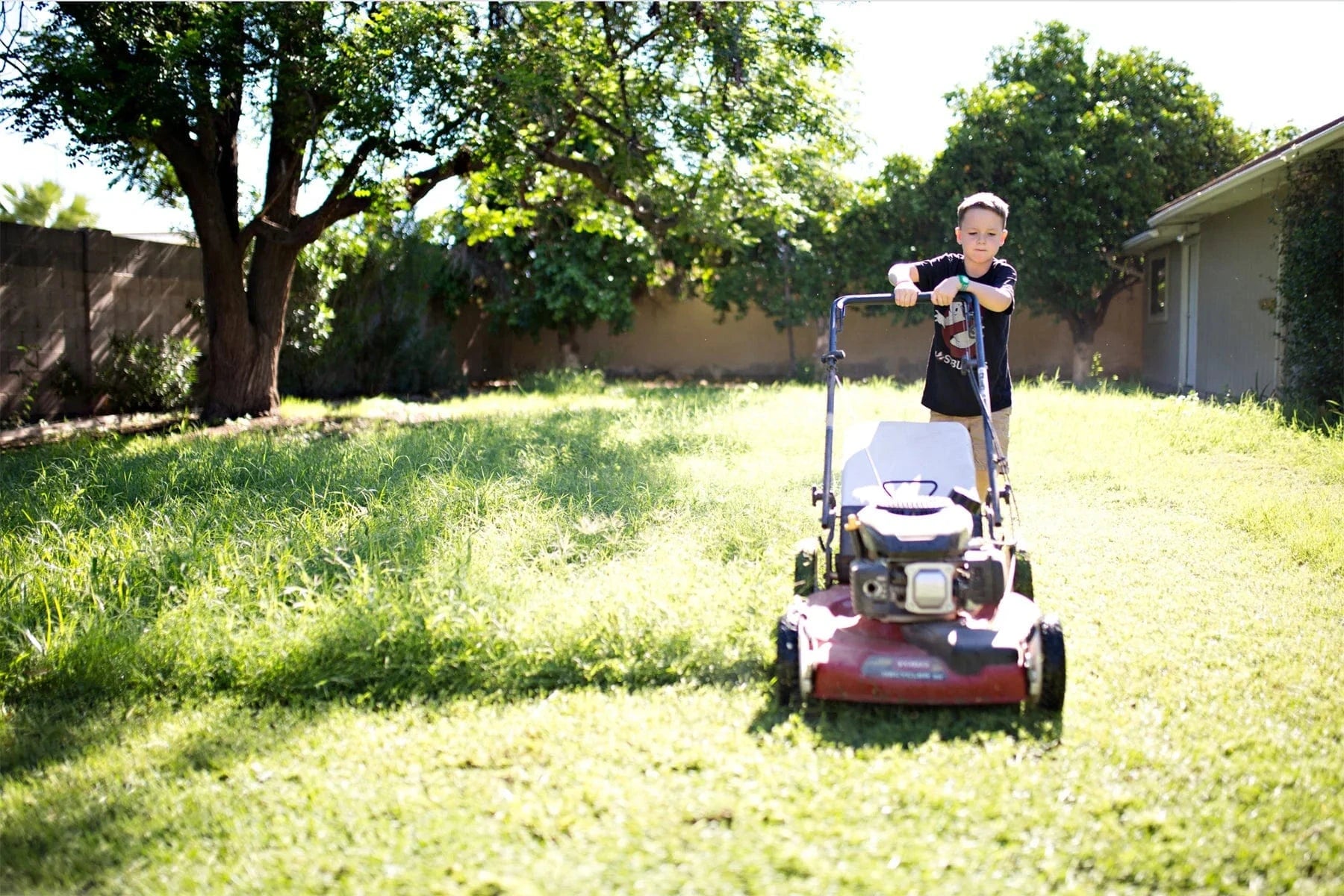
4. Mow the lawn before 10am
If you need to mow your lawn, the California Wildland Fire Coordinating Group recommends doing early, before peak temperatures. If conditions are windy and dry, wait until another day; the metal blades underneath your mower can easily spark a fire if they strike a rock. And stick to your maintained lawn areas; in these conditions, your lawnmower should never be used to mow weeds or dry grass.

5. Make sure your exhaust is up to par
Check the exhaust of any portable, gas-powered equipment—such as chainsaws, leaf blowers, and weed wackers to make sure they're equipped with functioning spark arrestors. Spark arrestors prevent engines from emitting flammable debris. And keep in mind that the exhaust pipe from a combustible engine can reach temperatures exceeding 1,000 degrees!
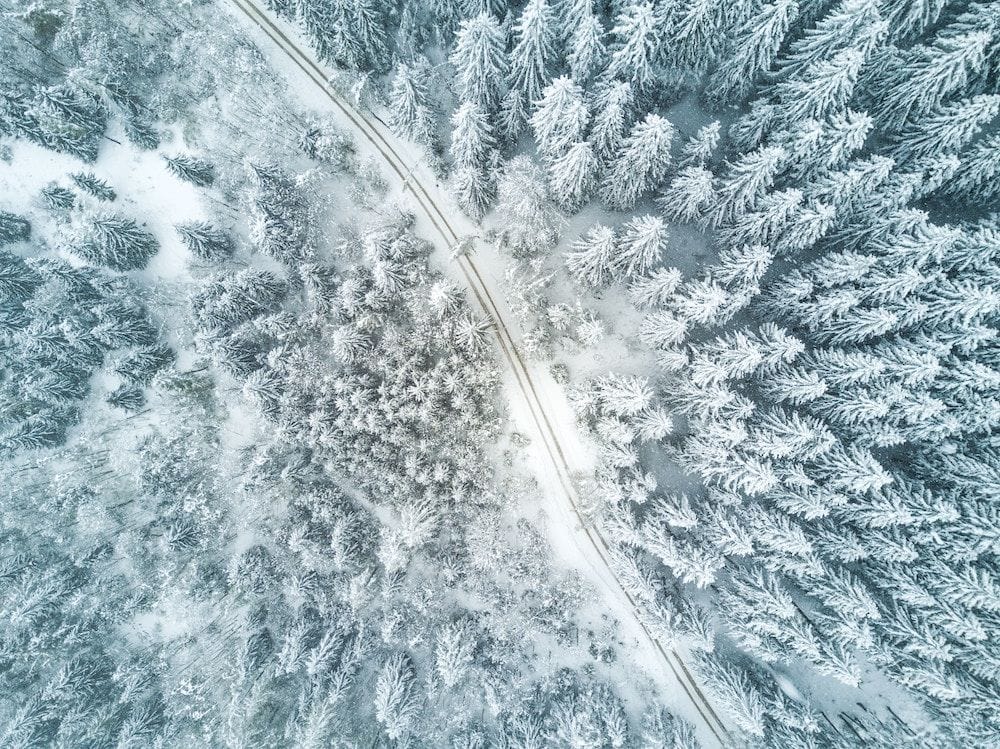
6. Stay on the road
Off-roading is a blast, but it can have deadly consequences if done in grasslands or areas with heavy brush. Hot exhaust pipes and mufflers can start fires when they come in contact with dry vegetation. Stick to gravel and asphalt, especially during dry seasons. In fact, the safest time to off-road in fire-prone areas may be when the ground is saturated with rain or covered in snow.
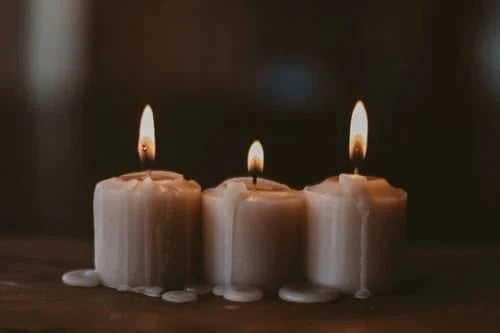
7. Keep a close eye on candles
Innocent though they may seem, candles are a leading cause of home fires. In fact, their flames can burn as hot as 1,400+ degrees! A study by the U.S. Consumer Product Safety Commission found that 85% of candle fires could be avoided if consumers followed three basic safety rules: never leave a burning candle unattended, never burn a candle on or near anything that might catch fire, and keep candles out of reach of children and pets.

8. Create and maintain defensible space
If you own your home, implement defensible space in an area of at least 100ft around the perimeter of all structures. Defensible space involves implementing zones of vegetation management that increase in intensity as you get closer to your home, where any dead trees, brush, and vegetation should be completely cleared. This can help slow and/or stop the spread of wildfires within your community. It will also protect firefighters in the event they need to battle a blaze around your home.
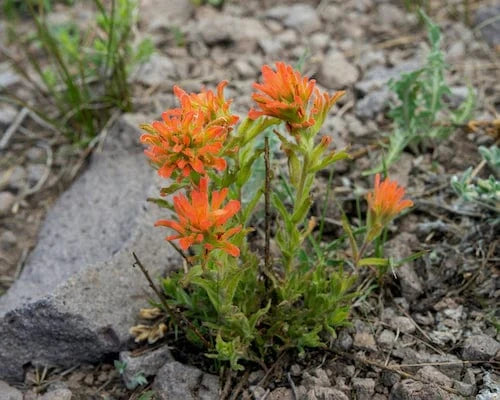
9. Landscape for fire resistance
While you're at it, incorporate native, fire-resistant plants into your landscaping. You can also build fire-resistant zones with stone walls, patios, etc.
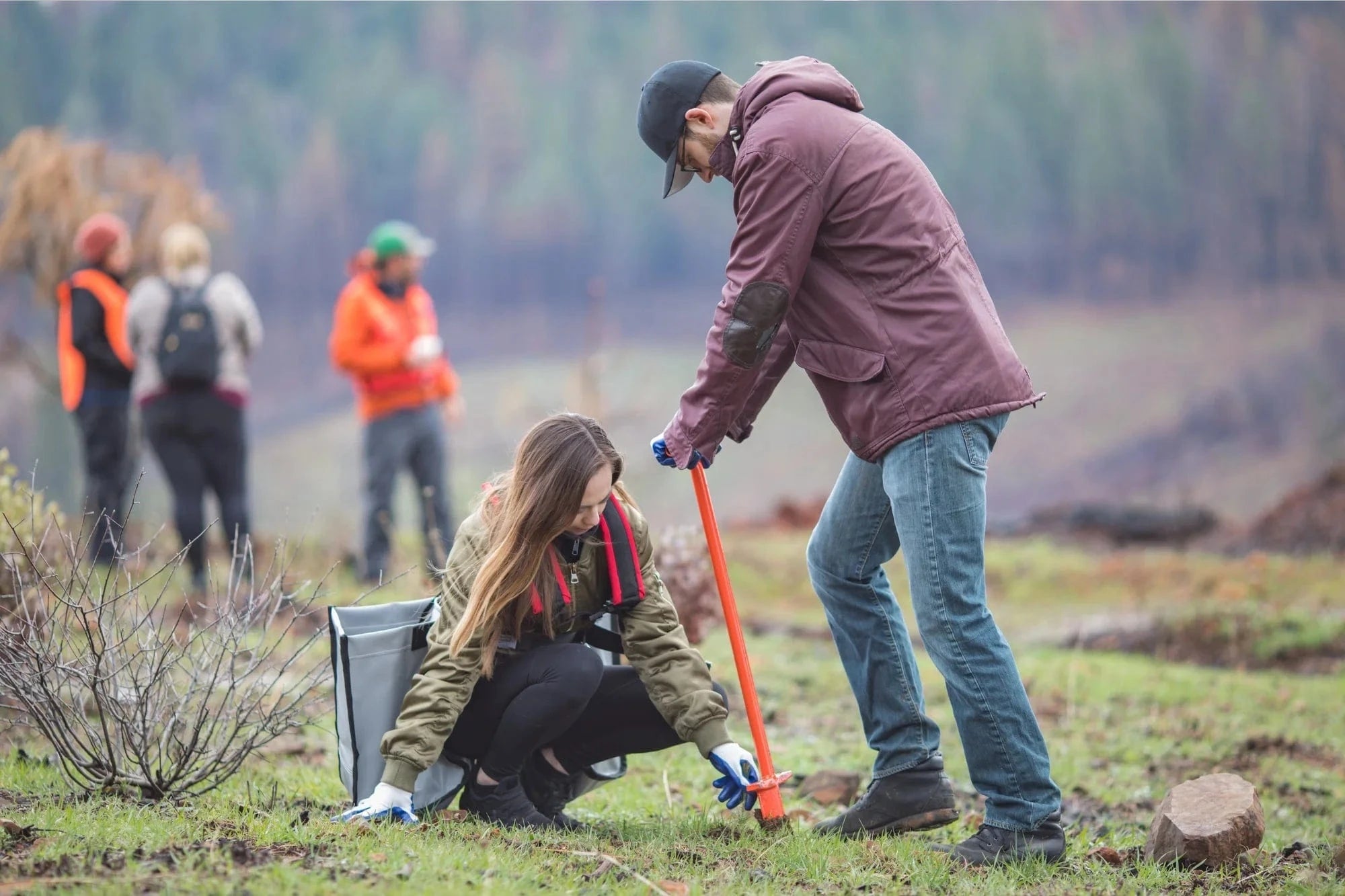
10. Support forest fire restoration
And finally, supporting forest fire restoration in areas that have experienced fires in the past is an important way to reduce the likelihood and severity of future fires. These projects, which are undertaken by conservation professionals, involve planting species that are best able to withstand the natural conditions.
Around the world, forest fires are growing in size, severity, range and frequency. Exacerbated by historic landscape management, increasingly hotter and drier conditions, and more, they aren't going away anytime soon. But neither are we. Once fires have been put out and on the ground experts have assessed the damage, we work with our partners to restore ecosystems that have been affected by severe fire.
Get news, updates, & event Info delivered right to your inbox:
Related Posts
Fire Ecology and What Happens After Forest Fires
27/05/2025 by Meaghan Weeden
16 Health Benefits of Trees and Forests
22/05/2025 by Meaghan Weeden
7 Wildfire Facts
15/05/2025 by Meaghan Weeden
Popular On One Tree Planted
8 Amazing Bamboo Facts
14/01/2025 by Meaghan Weeden
Inspirational Quotes About Trees
09/01/2025 by Meaghan Weeden
How to Reduce Waste: 21 Ideas for Zero Waste Living
07/01/2025 by Meaghan Weeden
Fundraising Disclosures

Be Part of the
Restoration Movement
The Grove is more than just a monthly giving program: it's a vibrant community of individuals who are dedicated to reforestation and environmental restoration on a global scale.
As a member of The Grove, you affirm your commitment to restoring forests, nurturing biodiversity, and fostering positive global change.





